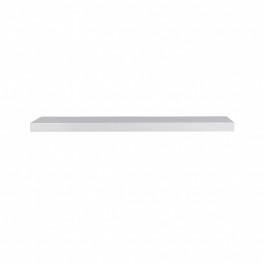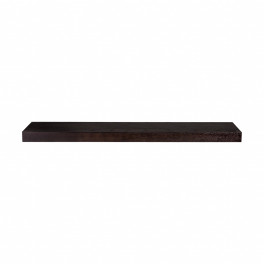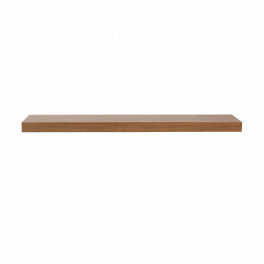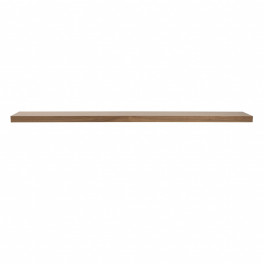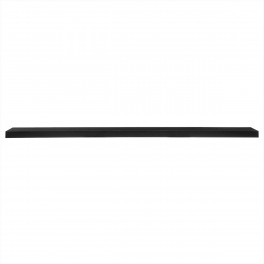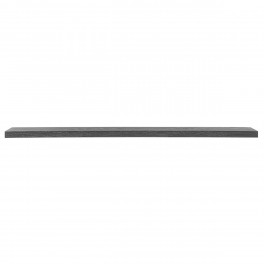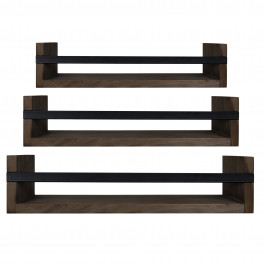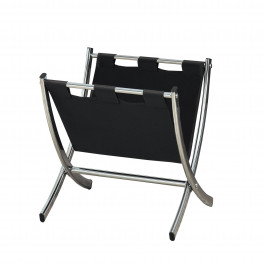Here’s the scene: You’re doing a DIY project and everything’s going smoothly, but then… #$@&%*!!! You accidentally stripped a screw or even broken the head off! Now what? Well, here’s the good news: When you have a broken or stripped screw, there are several ways to remove it. Here are seven techniques for extracting a stripped screw along with two tips for removing a broken screw.
How to Remove a Stripped Screw from Wood
Method 1: Try the Rubber Band Trick
One of the easiest methods for removing a stripped screw requires just a wide rubber band and your screwdriver.
1. Place the wide rubber band over the head of the stripped screw.
2. Insert your screwdriver into the screw head on top of the rubber band.
3. Push very hard and unscrew the screw.
This works much of the time, but if you have a stubborn screw, you might have to try something else.
Method 2: Try Pliers
If part of the screw head is exposed above the wood, try a pair of needle-nose or clamping pliers.
1. Grip the head of the screw tightly with the pliers.
2. While keeping a tight grip, rotate the screw counterclockwise to remove it.
If needle-nose pliers slip off the screw head, you’ll need to try again with clamping pliers.
Method 3: Try a Bigger Screwdriver or a Different Screwdriver
Wondering how to remove stripped screws from wood if all you have is screwdrivers? One of these screwdriver techniques can work:
For a stripped screw that still has at least some of its drive(s) left, try using a screwdriver that’s slightly bigger than the drive(s).
1. Place the larger screwdriver in the hole in the screw head.
2. Push down very hard.
3. Tilt the larger screwdriver at a bit of an angle and try unscrewing the screw.
(Note: “Drive” is the technical term for the “slot(s)” in the head of a screw where you insert a screwdriver. The three most common types of screw drives are slotted, Phillips, and Pozidriv.)
If the bigger screwdriver doesn’t work, you can try a different screwdriver if the screw you’re trying to remove is a Phillips screw. In this case, you’ll want the flathead screwdriver that matches the size of the drive.
1. Insert the flathead screw into the remaining indentation in your stripped screw.
2. Push down as hard as you can.
3. Try to turn the screw.
If this doesn’t work, you can try combining this method with the rubber band trick as well.
Method 4: Try Hammering
You wouldn’t think a hammer could come into play when you’re trying to figure out how to remove a stripped screw, but sometimes, a hammer can help. However, to be clear, a hammer isn’t to be used for pounding in frustration on your poor project.
If your screw was soft enough to strip, sometimes you can hammer a screwdriver into the screw enough that it will grip the screw. (Note: Only try this method if the piece you’re working on isn’t terribly fragile.)
1. Place your screwdriver’s tip into the screw head.
2. Tap the screwdriver into the screw.
3. When you feel it grip a bit, put down the hammer, and use the screwdriver to remove the screw.
Method 5: Try Drilling a Hole
If you have a drill and a drill bit that’s slightly smaller than the stripped hole in the screw head, try these steps:
1. Drill a small hole in the middle of the screw head. Don’t drill too deep. It’s doesn’t take much depth for this method to work.
2. Place your screwdriver in the hole. When it gets a grip, remove the screw.
Method 6: Try a Rotary Tool
If you have a rotary tool with a sharp knife attachment, try this:
1. Cut a notch in the screw head with the rotary tool. Use a diamond-head bit to do this.
2. Use a flathead screwdriver to remove the screw.
Method 7: Use a Screw Extractor
The last but by no means least effective way of removing a screw is by using a screw extractor. I’ve listed this method last because most people don’t have a screw extractor, and if you don’t, you might as well try the above methods before you go out and buy one. Screw extractors generally work in two ways. One of the least expensive extractors seats a collar over the stripped screw then uses an extractor bit to pull the screw out.
How to Remove a Broken Screw Without a Head
The two methods below will only work if the broken part of the screw is sticking up above the surface of your wood.
If your screw is broken off flush with the surface of the wood, you will have to do one of two things.
1. Drill a trough around the screw. Be aware that this is a bit of a messy process, and it’s harder to do than it looks. Don’t use this method on a screw if it’s in a part of your project that will be prominently seen.
2. Or use a rotary tool with a diamond-head bit to cut a trough around the screw. This is much easier than the drill bit method in the last step.
Obviously, creating the trough will enlarge the hole the screw is in. You’ll need a way to patch the hole after you get the screw out. Wood filler will work for that. Just be aware that wood filler doesn’t absorb wood stain the same way wood does.
Now, whether you initially had enough screw sticking up or you’ve created enough by making a trough, you can remove it with either of these methods:
Method 1: Try Locking Pliers AKA Mole Grips (Mole Wrench) or Vise-Grips
Unless a broken screw is totally stuck, this method should work.
1. Grip the exposed bit of screw with the vise-grips.
2. With a firm grip on the screw, rotate the screw to remove it.
Method 2: Try a Drill Without a Drill Bit
Your drill can come to the rescue in a broken screw situation.
1. Remove any bit you have in your drill.
2. Place the drill chuck directly on the screw and tighten up the chuck.
3. Reverse the drill and unscrew the screw.
Stripped or broken screws aren’t much fun, but as you can see, you do have options to remove them. Don’t let a stripped or broken screw ruin your DIY project. Shake it off, try one of these methods to extract the problematic screw, and get back to doing what you love.




